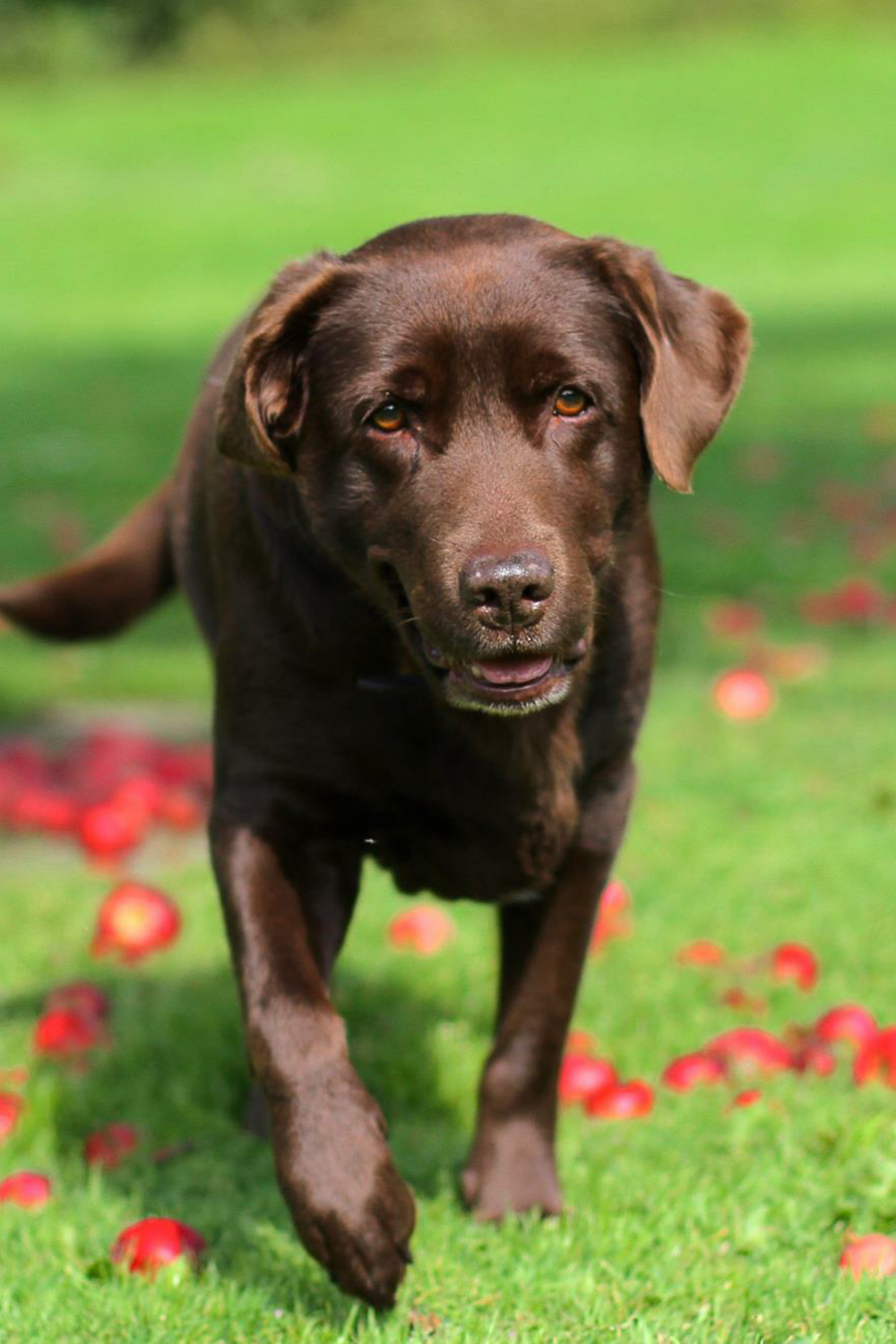The Labrador Retriever is one of the world’s most popular dog breeds—and for good reason. Known for their affectionate nature, intelligence, and loyal companionship, Labradors make wonderful family pets. However, being a Lab parent also comes with responsibilities, as they require proper care, training, and regular health maintenance. This guide will walk you through everything you need to know, from puppy training to grooming routines and essential health tips, so your Labrador stays happy, healthy, and well-behaved throughout their life.
📑 Table of Contents
- Training Your Labrador Retriever
- Health Care Essentials
- Grooming Needs
- Exercise & Mental Stimulation
- Feeding & Nutrition
- 📊 Labrador Retriever Care Table
- Socialization & Behavior
- ❓ 10 FAQs About Labrador Retriever Care
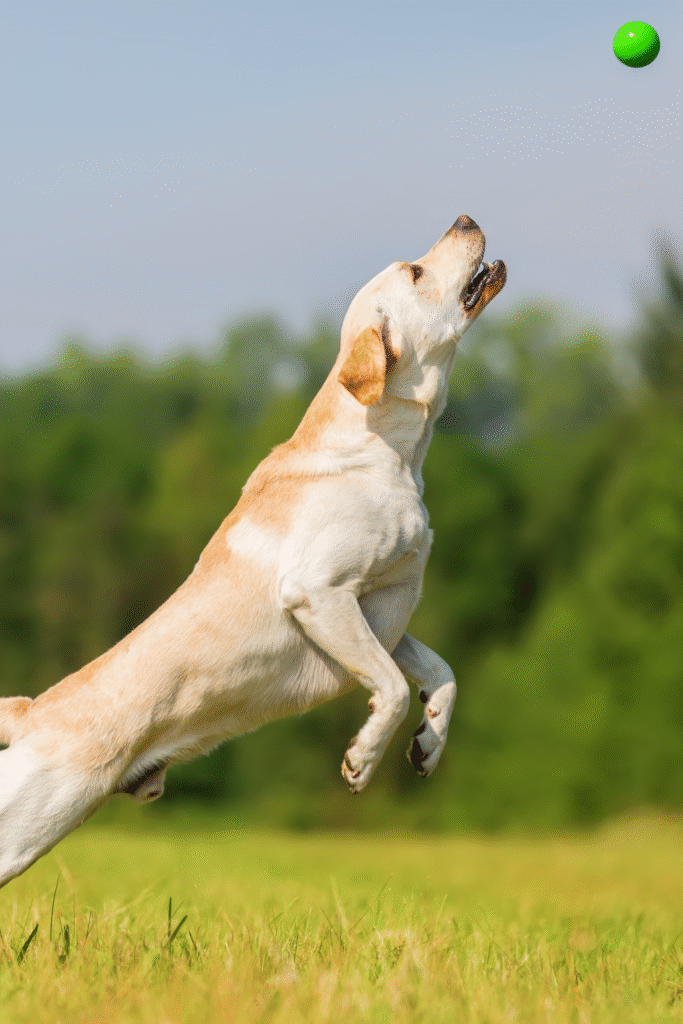
1. Training Your Labrador Retriever
Labradors are highly intelligent and eager to please, which makes training relatively easier compared to other breeds.
However, they can be quite energetic and easily distracted, especially during their puppy stage.
Consistent training with positive reinforcement works best for them.
The earlier you start obedience training, the better your Labrador will adapt to household rules and commands.
Training not only shapes behavior but also strengthens the bond between you and your furry friend.
Training Tips for Labradors:
- Begin obedience training as early as 8 weeks old.
- Use reward-based training with treats, praise, and toys.
- Keep training sessions short (10–15 minutes) but frequent.
- Teach basic commands like sit, stay, come, and leave it.
- Practice leash training to prevent pulling.
- Engage in puzzle games to stimulate their mind.
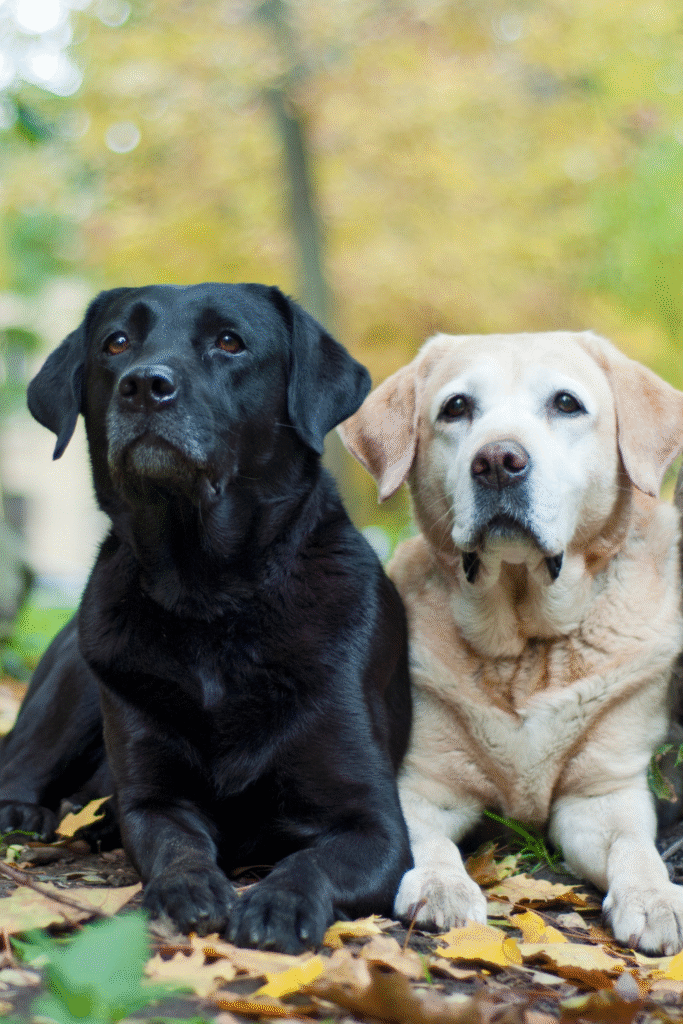
2. Health Care Essentials
Labradors are generally healthy, but like all breeds, they are prone to certain health conditions.
Regular vet visits, vaccinations, and preventive care can help extend their lifespan and ensure a high quality of life.
Common health issues in Labradors include hip dysplasia, obesity, and ear infections.
Early detection and consistent monitoring are key to managing their health.
Health Care Tips:
- Schedule annual vet check-ups and vaccinations.
- Monitor for hip and elbow dysplasia symptoms.
- Keep your Lab at a healthy weight to prevent obesity.
- Regularly clean and check their ears to avoid infections.
- Brush their teeth 2–3 times per week to prevent dental issues.
- Give joint supplements if recommended by your vet.
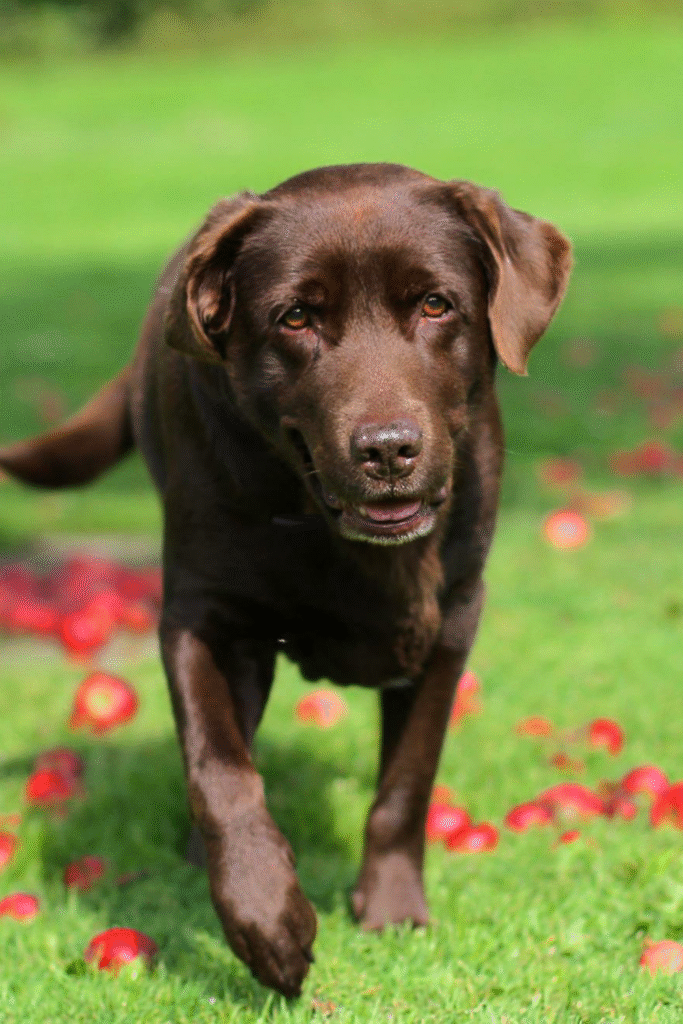
3. Grooming Needs
Labradors have a dense double coat that sheds throughout the year, with heavy shedding twice annually.
Regular grooming helps keep their coat shiny, reduces shedding, and maintains skin health.
Grooming also provides an opportunity to check for ticks, fleas, or skin irritations.
Grooming Checklist:
- Brush your Lab’s coat 2–3 times per week.
- Bathe only once every 2–3 months (unless dirty).
- Trim nails every 3–4 weeks.
- Clean ears weekly to prevent wax build-up.
- Use a deshedding brush during seasonal shedding.
- Brush teeth regularly for good dental hygiene.
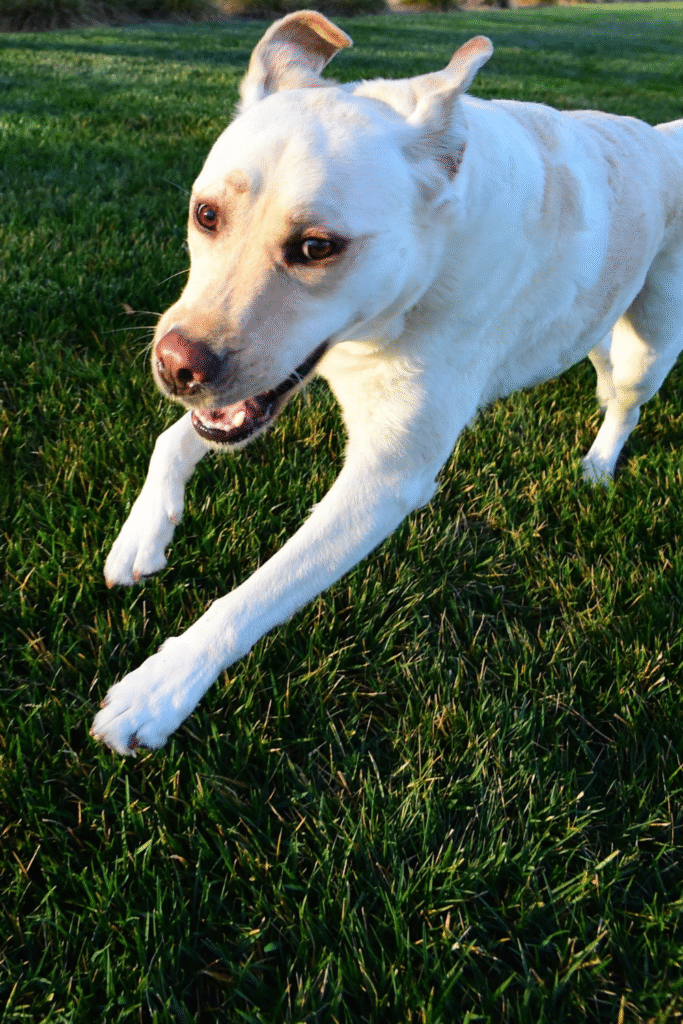
4. Exercise & Mental Stimulation
Labradors are high-energy dogs that require plenty of exercise to stay healthy and prevent destructive behavior.
Without proper physical and mental activity, they may become restless or overweight.
A mix of daily walks, playtime, and training sessions keeps them happy and well-balanced.
Exercise Recommendations:
- At least 1–2 hours of daily exercise.
- Long walks, jogging, or hiking for endurance.
- Fetch and swimming (Labs love water!).
- Agility training for both physical and mental fitness.
- Puzzle toys and sniffing games for stimulation.
- Playdates with other dogs for socialization.
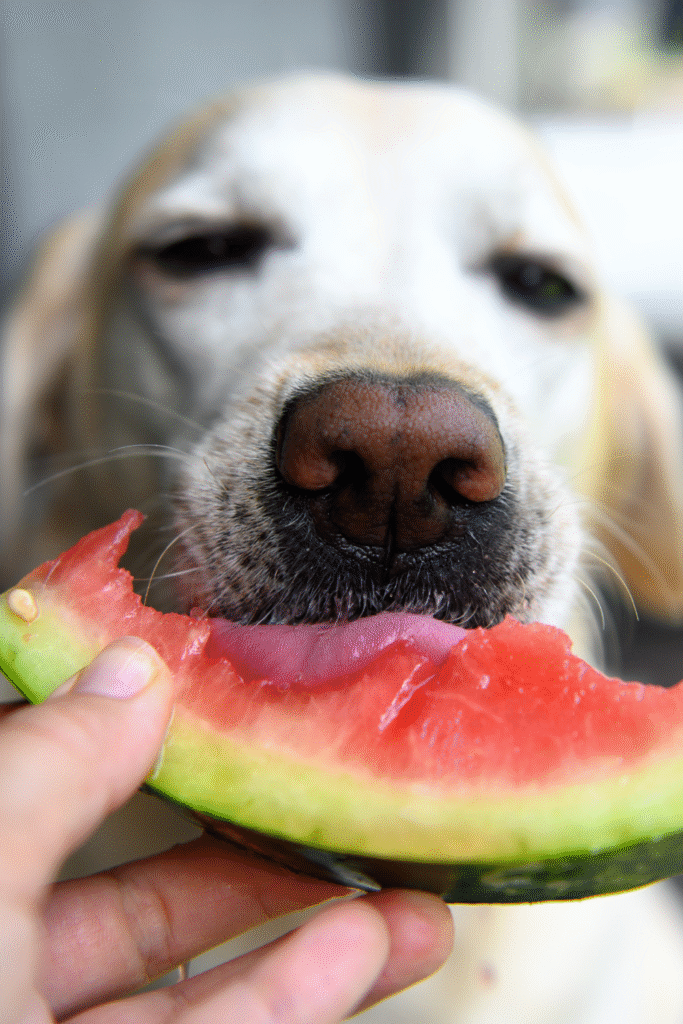
5. Feeding & Nutrition
A balanced diet is vital for your Labrador’s growth, energy, and long-term health.
Since Labs are prone to overeating, portion control is very important.
The type of food, feeding schedule, and portion size should be based on your dog’s age, activity level, and overall health.
Feeding Tips:
- Feed puppies 3–4 small meals a day.
- Adults (1+ years) should have 2 meals per day.
- Choose high-quality kibble rich in protein and nutrients.
- Avoid overfeeding and limit table scraps.
- Provide fresh water at all times.
- Use slow-feeder bowls if your Lab eats too quickly.

📊 Labrador Retriever Care Table
| Care Category | Frequency / Recommendation | Notes |
|---|---|---|
| Feeding | Puppies: 3–4 meals/day; Adults: 2 meals/day | Use portion control to prevent obesity |
| Exercise | 1–2 hours daily | Include walks, play, and swimming |
| Grooming | Brushing: 2–3x per week; Bath: every 2–3 months | Extra brushing during shedding season |
| Health Check | Vet visit annually | Vaccinations, weight monitoring |
| Dental Care | Brushing 2–3 times weekly | Use dog-friendly toothpaste |
| Training | Daily short sessions | Positive reinforcement works best |

6. Socialization & Behavior
Socialization is key to raising a well-rounded Labrador.
Since they are naturally friendly, exposure to different people, pets, and environments makes them confident and well-behaved.
A lack of proper socialization can lead to anxiety or destructive habits.
Socialization Tips:
- Introduce your puppy to new people and places early.
- Enroll in puppy training or obedience classes.
- Arrange safe playdates with other dogs.
- Expose them to different sounds, environments, and situations.
- Reinforce positive behavior with praise and rewards.

❓ 10 FAQs About Labrador Retriever Care
1. How often should I groom my Labrador?
You should brush them 2–3 times per week and bathe only every 2–3 months.
2. Are Labradors good family dogs?
Yes! They are affectionate, gentle, and excellent with children.
3. Do Labradors need a lot of exercise?
Yes, they require 1–2 hours of daily physical activity.
4. How long do Labradors live?
On average, 10–12 years with proper care.
5. What is the best food for Labradors?
High-quality kibble with protein, healthy fats, and balanced nutrients.
6. Do Labradors bark a lot?
They are not excessive barkers but may bark when excited or alerting.
7. Can Labradors be left alone?
They can tolerate short periods alone, but too much isolation may cause separation anxiety.
8. Are Labradors prone to obesity?
Yes, portion control and regular exercise are essential.
9. When should I start training my Labrador puppy?
Begin basic training as early as 8 weeks old.
10. Do Labradors get along with other pets?
Generally, yes. With proper socialization, they are friendly with other dogs and even cats.
🏥 Common Health Concerns in Labradors
Labradors are generally healthy, but like all breeds, they are prone to certain conditions. Regular vet check-ups and preventive care are essential.
| Health Issue | Description | Prevention/Treatment |
|---|---|---|
| Hip & Elbow Dysplasia | Joint malformation leading to arthritis | Maintain healthy weight, joint supplements, avoid over-exercising puppies |
| Obesity | Overeating & low activity levels | Portion control, daily exercise |
| Ear Infections | Labs have floppy ears that trap moisture | Regular ear cleaning, dry ears after swimming |
| Progressive Retinal Atrophy (PRA) | Eye disease leading to vision loss | Regular eye exams, no cure but can be managed |
| Bloat (Gastric Torsion) | Stomach twisting, life-threatening | Feed smaller meals, avoid vigorous exercise after eating |
| Skin Allergies | Caused by food or environmental triggers | Vet consultation, hypoallergenic diet if needed |
Tip: Schedule annual vet visits and keep vaccinations up to date.
📝 Final Thoughts
Caring for a Labrador Retriever requires commitment, patience, and love. From puppy training and nutrition to exercise, grooming, and health care, every step ensures your Labrador thrives as a happy and healthy companion.
Remember: Labradors give back far more than they receive — their loyalty, joy, and unconditional love make all the effort worthwhile.
